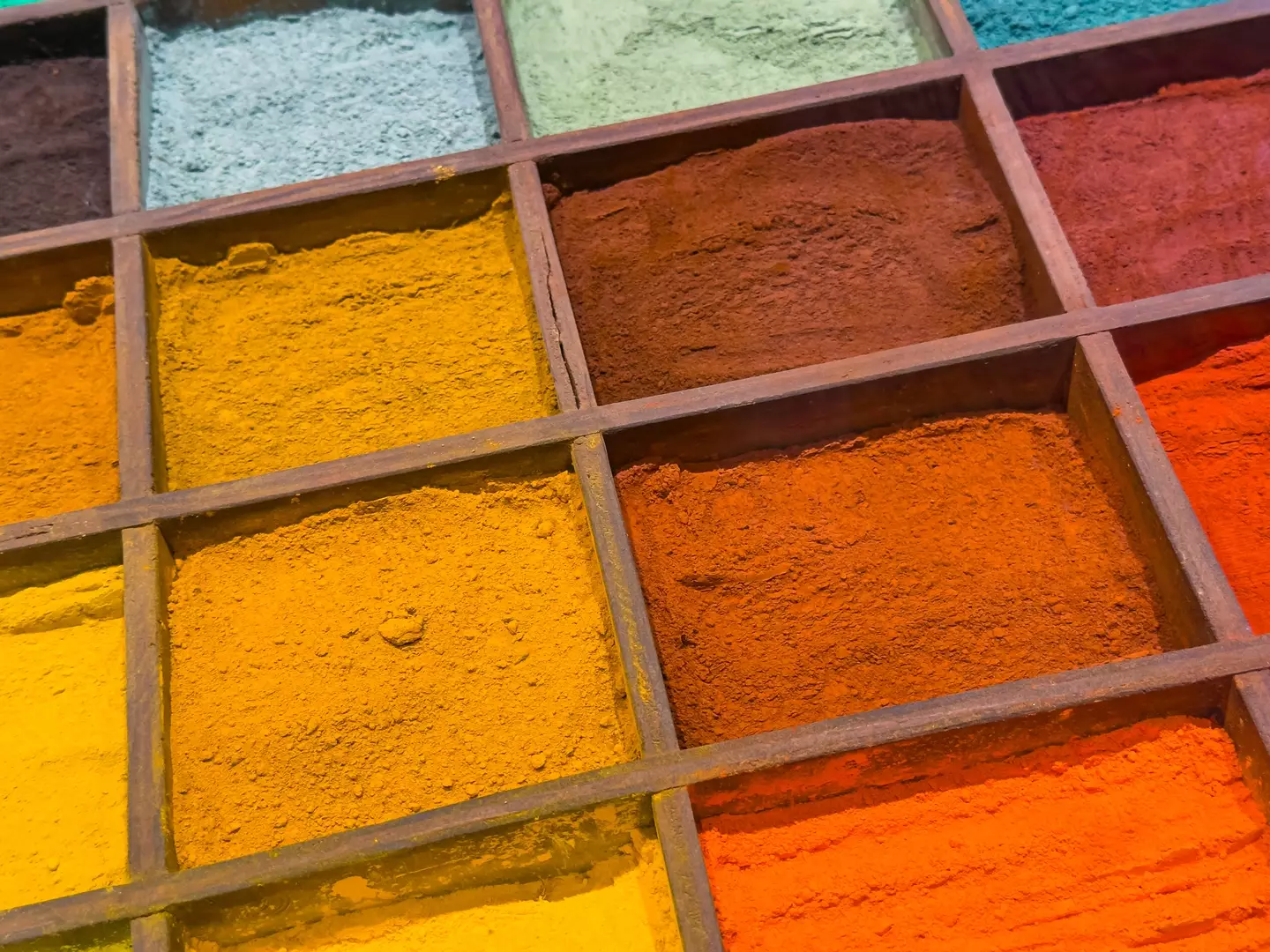A food expert has warned that natural food dyes may not always be a better option than their synthetic alternatives.
Food dye plays a bigger part in how we perceive our meals than we might think.
Of course, we all know about the controversy around blue smarties and the e-numbers which can go into producing some of the more, well, colourful foods. But it's not just technicolour foods that have their hue artificially changed - believe it or not, salmon is not naturally salmon pink.
Given the culinary maxim that 'the first bite is with the eye', making our food appear delicious, or even just how we expect it to look, is a big part of how it is sold to us.
Advert
Robert F. Kennedy Jr., the Secretary of Health and Human Services in the US, has set a goal of further regulating the use of artificial dyes in favour of natural alternatives.
But just because something occurs 'naturally' doesn't necessarily make it a safer option, one expert has claimed.

Paul Manning, chairman and CEO of Sensient Technologies which manufactures natural food dyes, explained that the regulatory framework is very different for natural and artificial food colourings.
Advert
The short version is that synthetic colourings are regulated far more stringently than their naturally-derived counterparts.
Companies producing synthetic colourings have to send samples to the FDA for inspection to make sure they comply with the strict safety regulations the FDA has about artificial food dyes. But for natural, or naturally derived, dyes, this regulation is far less strict.
In this case, the process is 'self-certified', meaning that manufacturers themselves have to certify that their product meet regulations, rather than the FDA.
There's another problem as well, Manning explained to Time Magazine.
Advert

Artificial dyes are much stronger than those derived from natural sources, meaning that if you want to use a natural colouring, you may need more of it to get the same effect.
“Typically it takes eight parts of a natural colour to achieve the same colour outcome in a finished food product,” said Manning.
So yes, you are using a natural additive, but you're adding a lot more additives to your recipe overall.
Advert
In the US, there are currently four naturally-derived food colourings that are approved for use in food.
These are Galdieria extract blue, derived from red algae, butterfly pea flower extract - which can create rich shades of blue down to deep purple and green - calcium phosphate - which is used in white candies and ready-to-eat chick - and gardenia blue - which, as its name suggests, comes from the gardenia fruit.

